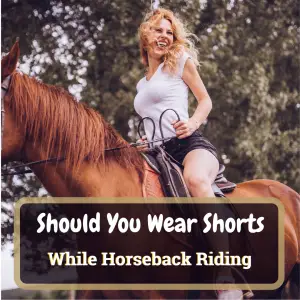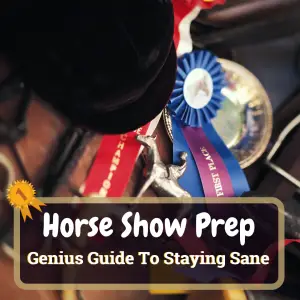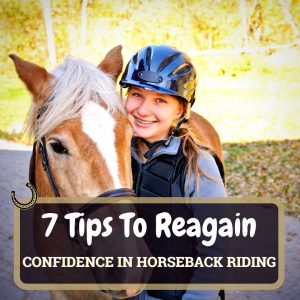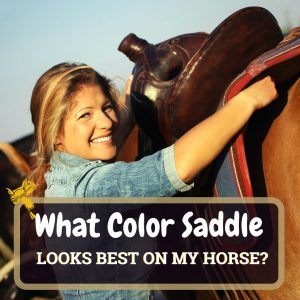In my years living and working around horses, I became well-acquainted with the tell-tale signs of cribbing: teeth marks on fence posts, chronic dental problems, and life-threatening colic. If you’ve ever seen a horse do it once, you’ll recognize the behavior right away from the arch of the neck to the specific grunting noise that follows. And if you’ve ever had to deal with the after-effects of serious injury or property damage, the sight is quite unwelcome.
Cribbing is nothing new, but that doesn’t mean it’s not still a big problem for both horse and rider. As a behavioral issue, cribbing often arises from boredom but can escalate into something more severe. The best method of curing cribbing is prevention, but there are some solutions available to horse owners who have to tackle this issue head-on.
What is Horse Cribbing?
Also called “wind sucking” or “crib biting,” cribbing is a form of stereotypic behavior that horses sometimes engage in. On the surface, it looks like wood chewing as the horse bites down on stable doors, fence posts or other wooden objects. However, the behavior is a bit different from simply chewing. What makes cribbing unique is the way the horse flexes his neck muscles after gripping the wooden object. This causes the animal to suck in a big gulp of air. You might hear a distinctive grunting sound when this happens.
Some horses will simply chew on the wooden surfaces in their stable or paddock without sucking air. Others may engage in wind sucking without the biting or chewing aspect.
Regardless of the exact form it takes, cribbing is a stereotypic behavior. This means that it’s repetitive and compulsive. Like a tiger pacing in the zoo or an elephant repeatedly swinging its trunk, cribbing is a repetitive behavior that only occurs in captivity. The underlying reasons for the behavior may include stress, boredom or loneliness.
Why Does a Horse Crib?
A horse may start cribbing for a number of reasons, including boredom, anxiety, confinement, stress, pain and gastrointestinal issues. What all of these risk factors have in common is that they cause distress. In response to this stress, a horse might engage in stereotypic cribbing behavior as a form of self-soothing or as a coping mechanism.
From the horse’s perspective, cribbing feels good. It produces a measurable physical effect in the body by slowing the animal’s heart rate, lowering cortisol levels and releasing endorphins. Cribbing an also boost saliva production, which may help to ease some kinds of stomach pain.
Because cribbing produces so many pleasure signals in the horse’s brain, the behavior can become addictive. This is why it can be extremely difficult to curb the behavior once it’s started. Just like a person who develops an addiction will modify their behavior and experience pleasure differently in order to seek that “high,” a horse who cribs may experience psychological and physiological changes that make the habit nearly impossible to break.
Myths and Misconceptions
Because cribbing is a common problem in horses and has been reported since the beginning of horse husbandry, many myths and wives’ tales surround it.
One common myth is that cribbing is a learned behavior. If you have one horse that cribs, the story goes, you will soon have a whole herd of them. This does not appear to be true. It’s very common to have several horses living together with only one of them engaging in cribbing behavior.
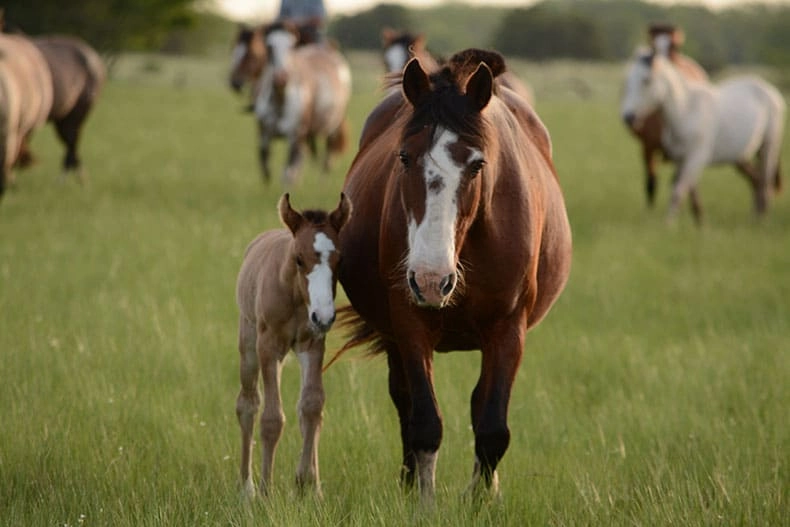
Instead, horses usually develop cribbing behavior due to a combination of environmental triggers and a genetic disposition. It has been shown that certain breeds, including thoroughbreds and warmbloods, are much more prone to cribbing than quarter horses and Arabians, although the exact reasons for this are still being studied.
Another common belief that turns out to be true, at least in some cases, is that cribbing can be caused by feeding too much grain. Horses whose diets contain mostly hay and pasture are much less likely to develop cribbing tendencies than those who frequently receive grain or sweet feed. If a freshly weaned young horse is immediately started on grain, the likelihood of cribbing goes up even higher.
What Health Risks Are Associated With Cribbing?
If cribbing feels good to the horse and has some physiological benefits, why should you stop it? That’s a question that often comes on the heels of “what is horse cribbing” from people who haven’t experienced it, and it bears consideration. On the surface, the behavior doesn’t seem like it should be especially damaging. Unfortunately, it can lead to severe problems.
The first and most obvious issue you might encounter as a horse owner is damage to property. Bite marks on any solid object within a horse’s reach aren’t much fun and can quickly add up to costly repairs. But it’s not just your barn that can sustain longterm, irreparable damage from cribbing.
Like most addictions, cribbing is self-destructive. It can cause physical injury to the horse who indulges in it. One major issue is air in the stomach, which can lead to potentially deadly colic. Bear in mind that horses can neither belch nor vomit, so trapped gas in the stomach can lead to rupture. Even if it doesn’t get that far, swallowing air can lead to discomfort, which in turn might encourage the horse to engage in more cribbing, thus making the issue even worse.
Another common problem with cribbing is tooth damage. Because the horse will frequently grab or clamp down with the incisors, these teeth can wear down more quickly than the rest of the teeth. This can cause uneven dentition and mouth pain as well as difficulty with grazing. Left unchecked, these teeth issues can result in malnutrition.
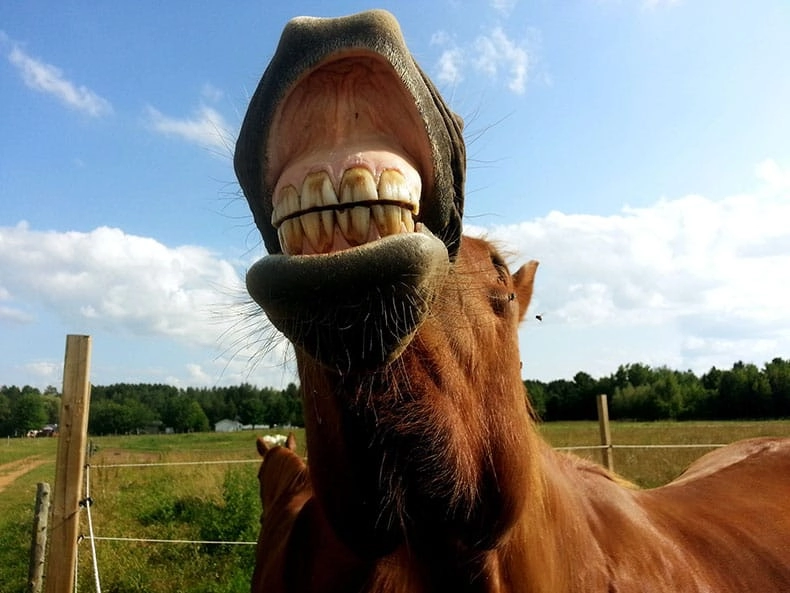
In some cases, a horse may become so addicted to the cribbing behavior that he stops eating or engaging in other healthy activities. The cribbing obsession becomes all-consuming, even causing behavioral issues and distractions while riding.
How to Stop Your Horse From Cribbing
Cribbing cannot be cured entirely, but there are steps you can take to reduce the behavior and limit the damage it might cause. Different methods of deterrant will work for different horses, so you may need to experiment to find the right solution for your needs.
Behavioral Modification
If a horse is cribbing primarily from boredom, giving the animal more stimulation can help to curb the behavior or keep it from becoming entrenched:
- Provide plenty of opportunities to roam freely. Horses on open pasture, especially those who have a buddy or two, are much less likely to develop cribbing behavior.
- Frequent exercise can help to keep the horse stimulated and prevent boredom. If you can’t ride him frequently, work with him on the ground or in an indoor arena. A busy horse is a happy horse!
- Invest time in training. Horses are smart, and putting their brains to work can keep them from getting themselves in trouble. Ground manners, trick training, and even complicated dressage moves are all great for keeping a horse’s mind and body occupied.
- Offer toys for mental stimulation. If your horse must spend time alone in a stall or paddock, give him something to do that will occupy his mind and body. Commercially available balls and puzzles are available in many feed and supply stores. You can even make your own treat-dispensing toys with an old milk jug or other recycled materials.
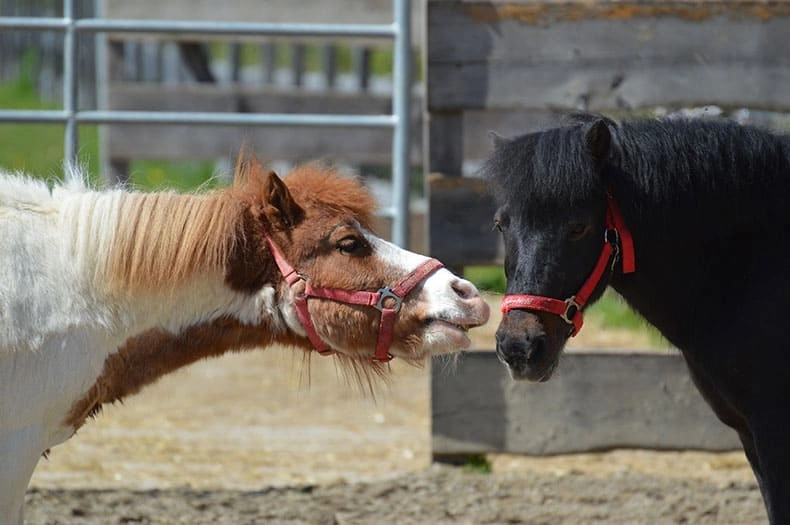
These behavioral modifications are most effective as preventative tools rather than a treatment for a horse who already has an established cribbing habit. Also please note that these behavioral modifications won’t help if the horse’s underlying reason for cribbing is due to pain or stress as opposed to boredom or loneliness. You’ll also want to rule out physical maladies and treat any ailments right away before the horse starts to develop his own coping mechanisms.
Environment Modification
If you can’t prevent cribbing before it starts, the next best thing is to make it inconvenient or physically difficult for the horse to engage in that behavior:
- Cribbing collars and muzzles physically restrict the horse’s movement, preventing him from engaging in the flexing necessary to gulp air. This is a good temporary solution, but most cribbers will resume their behavior as soon as the collar is removed.
- A slow feeder to deliver hay can be a useful way to distract the horse and keep him occupied so he won’t engage in cribbing. Feeding hay through a net or mesh feeder forces him to take his time eating, which might be a more appealing option than cribbing if the habit is not yet fully ingrained.
- Metal chew guards, foul-tasting deterrent sprays and even electric fencing can all ward a horse off of chewing on particular parts of the stable. Bear in mind that a horse can still suck wind on his own without chewing wood, so a determined cribber may find a way around these tactics. This can at least curb some of the material damage to your barn.
Surgical Correction
One extreme solution to cribbing is a surgery called Forssell’s procedure. In this surgery, some of the horse’s neck muscles or nerves are cut, making the cribbing flex impossible. This effectively acts as a permanent cribbing collar.
The technique is effective, but it comes with the same risks as any major surgery, and it does nothing to treat the underlying issue. A horse may move on to engage in other damaging or stereotypic behaviors as a way to cope with environmental stress.
Holistic Treatments
Some horse owners may find that certain holistic treatments are effective in curbing unwanted behaviors such as cribbing.
Herbal supplements to calm the horse or to ease stomach pain and ulcers can be effective in some cases. Antacids can help to prevent cribbing if digestive upset is at the root of the behavior.
Other holistic or supplementary treatments such as acupuncture, craniosacral therapy, and even reiki can be employed, although their effectiveness has not been widely studied.
In Conclusion
Cribbing is a complicated behavioral issue with many underlying causes. Because this behavior is difficult or impossible to fully eradicate once it’s been established, your top priority as a horse owner should be prevention. If you do struggle with a cribber, know that behavioral and environmental modification can help to minimize the damage and protect your horse’s health. You may never fully stamp out the behavior, but you can help ensure that it stays as a personality quirk rather than a damaging addiction.

